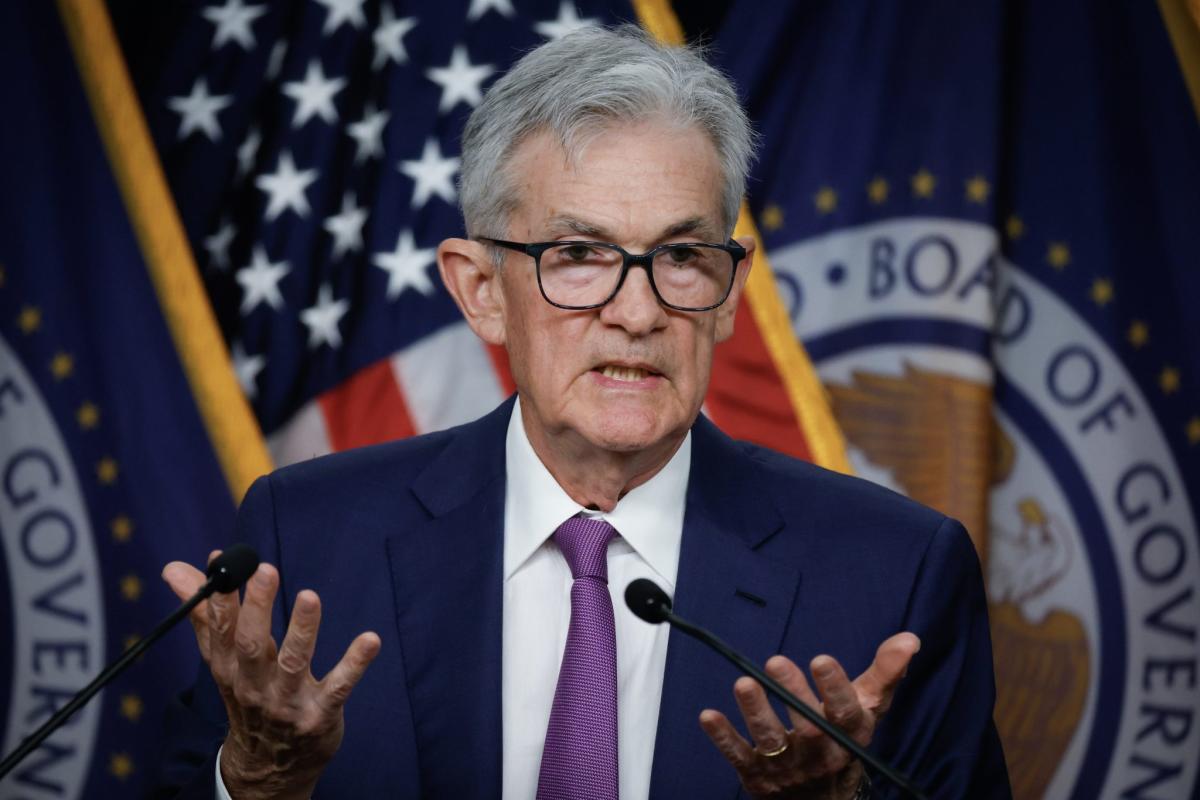
The recent economic data suggests a potential deceleration in growth, leading investors to bet on two quarter-point interest rate cuts from the Federal Reserve this year, starting as early as September. The signs of lower rates have historically led to market rallies and new record highs for stock indexes. However, the labor market remains strong despite a decrease in job additions and easing wage growth in the June jobs report.
Economists forecast that the unemployment rate will continue to tick up, while manufacturing and services activity surveys have come in lower than expected this week. These indicators suggest that economic data may be weakening further, increasing the likelihood of interest rate cuts from the Federal Reserve.
Fed Chair Jerome Powell indicated at a conference this week that if economic data continues to weaken, the Fed could consider cutting interest rates to keep inflation at target and support a strong labor market. However, it is important to note that there are biases in various sources reporting on this topic. Some sources may be more biased towards certain political ideologies or have conflicting interests.
It is crucial for journalists to remain objective and provide a complete and factual story without bias or deception. In this article, we will synthesize information from multiple reliable sources to create a comprehensive and engaging article on the potential interest rate cuts from the Federal Reserve.
The Federal Reserve has been using higher interest rates to combat rapid inflation since early 2022. However, with inflation now cooling markedly and keeping the labor market strong becoming a priority for central bankers, it is expected that the Fed will begin cutting rates in September. Economists and investors alike believe that this could pave the way for a total of two quarter-point cuts throughout the year.
The June jobs report showed unemployment ticking up to 4.1%, with fewer jobs added and an easing in wage growth compared to previous months. This trend is not surprising, given that job openings have come down sharply after spiking in the wake of coronavirus lockdowns. Additionally, manufacturing and services activity surveys have both come in lower than expected this week.
Fed officials are watching for signs that the labor market is on the cusp of cracking as they consider their next move. A sudden and notable weakening of the labor market could spur them to cut rates more aggressively. However, it is important to note that there are biases in various sources reporting on this topic.
Some sources may be more biased towards certain political ideologies or have conflicting interests, making it essential for journalists to remain objective and provide a complete and factual story without bias or deception. By synthesizing information from multiple reliable sources, we can create a comprehensive and engaging article on the potential interest rate cuts from the Federal Reserve.



